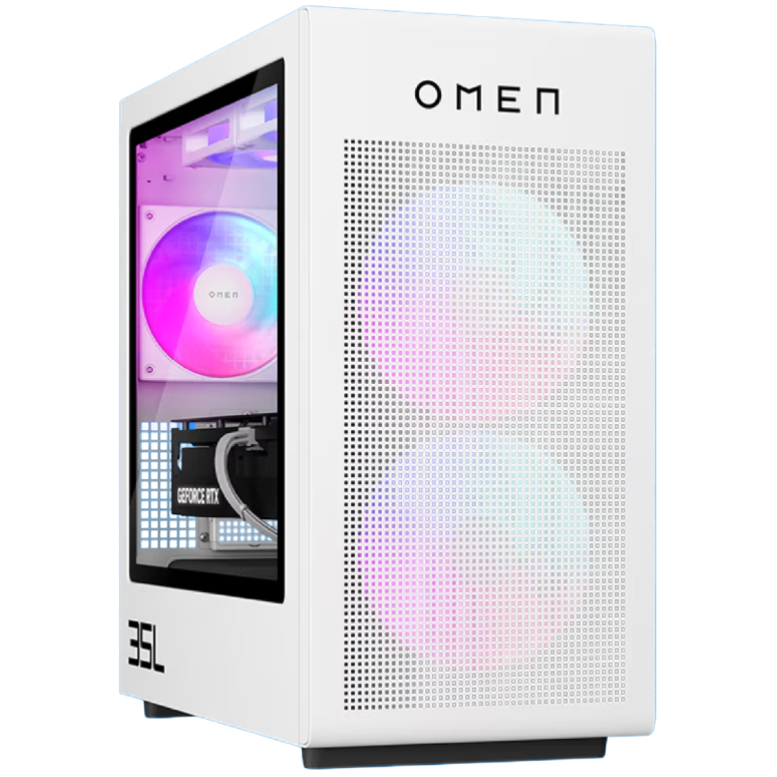Software engineer creates a real-life ad block using Snapchat's AR smart glasses, but ultimately ends up making something far more distracting than ads
Begone, brand!

I utterly despise Google's AI summaries. I dislike how they're placed right at the top of the page, I dislike how prone to hallucinating the answers I'm searching for are, and I dislike that when it does offer something vaguely helpful, it's almost definitely scraped from another human that actually did the legwork. Thankfully, the Bye Bye, Google AI browser extension means I no longer have to glower at them—if only I could do the same for similar eyesores, like bus stop ads and marketing billboards, in real life.
Software engineer Stijn Spanhove is currently tinkering with an AR project that does just that. Using Snapchat's Spectacles and Google's Gemini, he's built an XR app that deploys the power of ad block via the lightweight frame of a wearable (via Tom's Hardware). Unfortunately, as an experimental project that Spanhove is still tinkering with, ads are currently being replaced by glaring red boxes.
That quirk aside, the demo video Spanhove shared on X is no less neat. The app's positional consistency is impressive, and is seen 'blocking' out billboards, newspaper ads, and even branded food packaging once activated. This is thanks to the use of Snap's Depth Cache library shared via GitHub, but this also makes the project a Spectacles exclusive for the time being.
🚫🕶️ I've been building an XR app for a real-world ad blocker using Snap @Spectacles. It uses Gemini to detect and block ads in the environment.It’s still early and experimental, but it’s exciting to imagine a future where you control the physical content you see. pic.twitter.com/ySkFfF6rxSJune 19, 2025
Besides the Snap exclusivity, the biggest hurdles to my mind are those garish red boxes that are arguably more distracting than the ads themselves. Perhaps developer Stijn Spanhove will in future add the option for users to replace ads with something of their choice—like an AR mural to Miku Hatsune…hypothetically, I mean.
More broadly speaking, big tech keeps trying to make smart specs happen, despite even Meta admitting earlier this year they'd yet to crack a killer use case for their in-development Orion AR glasses. Speaking of Meta, the fact that what you snap or record with the company's Ray-Ban smart glasses may be used to train AI models also turns me off from the whole tech wearables fad.
That's all before even mentioning this student project out of Harvard that uses Meta's smart glasses to instantly dox anyone the wearer claps eyes upon. Okay, I admit that's a lot of doom and gloom about wearables—but you're no longer thinking about my AR Miku Hatsune mural, are you?

1. Best overall:
HP Omen 35L
2. Best budget:
Lenovo Legion Tower 5i
3. Best compact:
Velocity Micro Raptor ES40
4. Alienware:
Alienware Aurora
5. Best mini PC:
Minisforum AtomMan G7 PT
Keep up to date with the most important stories and the best deals, as picked by the PC Gamer team.

Jess has been writing about games for over ten years, spending the last seven working on print publications PLAY and Official PlayStation Magazine. When she’s not writing about all things hardware here, she’s getting cosy with a horror classic, ranting about a cult hit to a captive audience, or tinkering with some tabletop nonsense.
You must confirm your public display name before commenting
Please logout and then login again, you will then be prompted to enter your display name.

